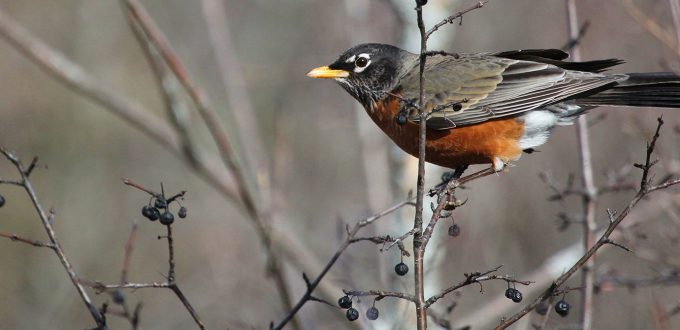I can hear the chirps, trills and warbles of delighted birds – now proud possessors of new names. The once forlorn McCown’s longspur now revels in its glorious moniker, namely, ‘the thick-billed longspur’. And why not? Who wouldn’t want their nomenclature changed by the august American Ornithological Society (AOS)? In fact, I am thinking of writing to the AOS myself, in hopes that they might provide us with a list of brand-new names for our family members – at least as far as second cousins go.
My only concern is: exactly how does this kind of NEWSPEAK protect environments, conserve species and educate polluters? Of course, it will have a positive effect, namely: “Field guides will need to be reissued, habits will have to evolve and there will be a period of transition in scientific literature.” At the risk of sounding negative, this sounds mightily like a make-work project for hard-to-employ apparatchiks.
Then there is the matter of thousands of years of folk culture wherein birds have acquired plentiful associations with human society, literature, etc. The English Robin Redbreast is as much a part of folklore as Robin Goodfellow or Robin Hood. And, of course, the name “Robin” itself is a rather awkward matter for the AOS.
Is it possible that, under cover of universal goodwill and utopian projections, there is a kind of power trip involved in forcing bird fanciers everywhere to adopt very specific ways of thinking and speaking? Indeed, have the AOS terminology-brokers really achieved inner peace through their authoritarian avianism?
It seems to me that conservationists, environmentalists and naturalists do not make good politicians, ideologists or ‘influencers”. That is not where our strengths lie. A sensitivity to nature, and the various kinds of flora and fauna are far removed from these kinds of doctrinaire imperatives. In the spirit of George Orwell, I reject the imposition of NEWSPEAK into my nature walks, observations and notes.
– Kevin McCabe, St. Catharines

